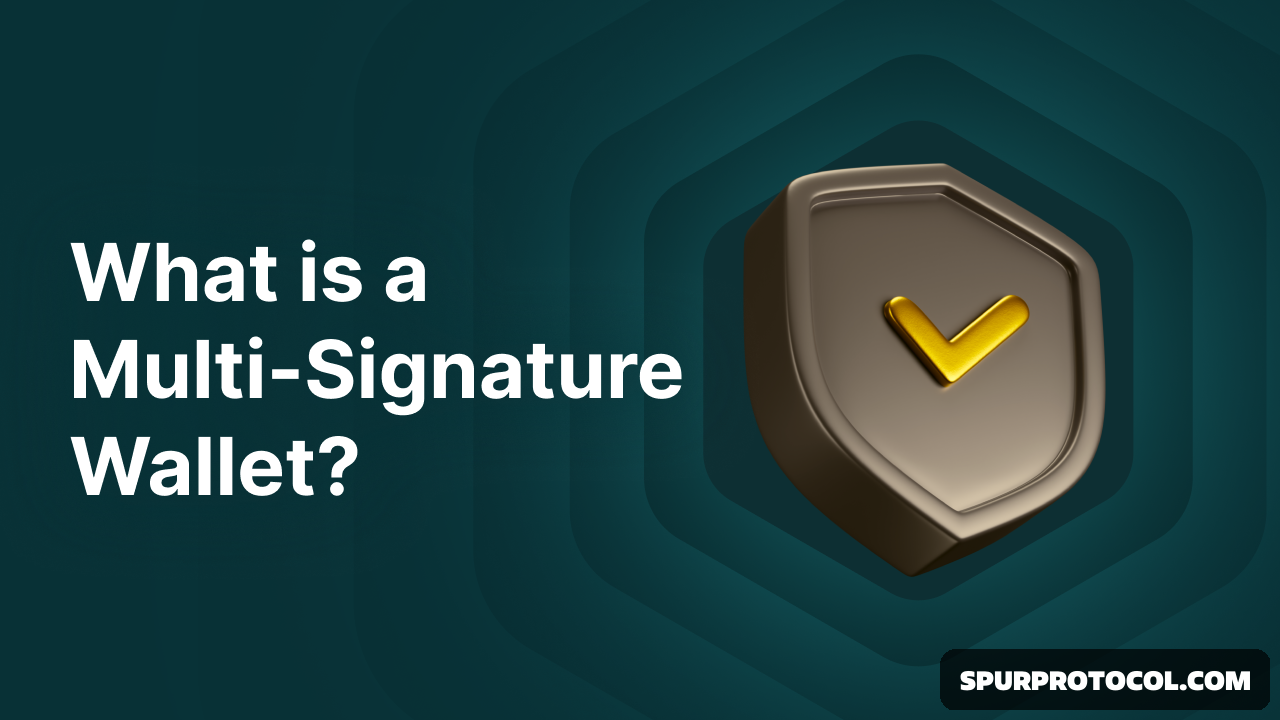What Is A Multisig Wallet And How To Create One
A multisig wallet (short for “multi-signature”) is a wallet managed by multiple people that requires several signatures to authorize each transaction.
This type of wallet is used to enhance the security of certain operations.
Go Back

🕒 8:01 AM
📅 Nov 10, 2025
✍️ By chrison2
°A multisig wallet is a crypto wallet that requires multiple signatures to approve a transaction, significantly boosting security.
°Instead of a single private key with full control, multisig distributes authority among multiple keys and individuals.
°Although slightly more complex and slower, the added transparency and security make it worthwhile.
°For anyone serious about protecting their crypto or managing shared funds, a multisig wallet is a reliable, professional solution.
How Does a Multisig Wallet Work?
A multisig wallet can have different configurations. The idea is that multiple signatures are required to confirm a transaction.
For example:
°In a 2-of-3 wallet, there are three total keys, but only two are needed to approve a transaction.
°In a 3-of-4 wallet, three of the four keyholders must sign before the transaction is executed.
Until enough signatures are collected, the transaction remains “pending.”
This model is widely used by businesses, investment groups, and partnerships where multiple people need to share control over crypto funds.
Advantages of a Multisig Wallet
1. Stronger Security
Even if one key is compromised, an attacker can’t do anything without the others.
This prevents a single point of failure.
Multisig divides control, dramatically reducing the risk of theft or human error.
2. Transparency and Trust
In multisig wallets, all signers are visible on the blockchain.
Anyone can check via block explorers when a transaction occurred and who approved it.
This builds trust in collaborative projects like DAOs, NFT initiatives, or community funds.
3. Ideal for Collaboration
Teams or companies managing crypto jointly can use multisig to divide responsibilities.
No single person can act alone, and transactions only go through once the required number of signatures is reached.
For example, if a company manages funds worth over €100 million, this setup prevents anyone from running off with the money.
